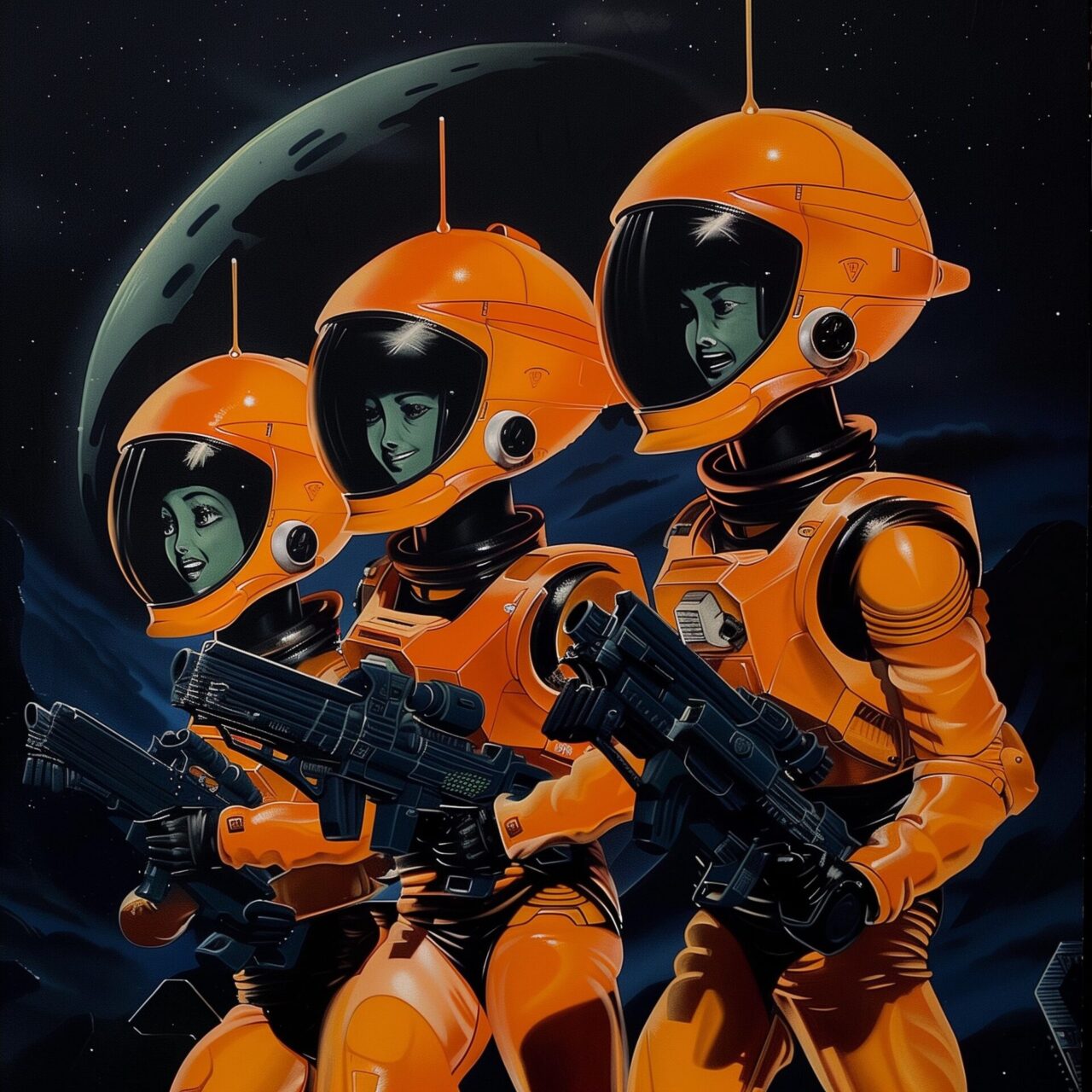
A Clockwork Orange
In 1962, Anthony Burgess published “A Clockwork Orange”, a novel that explores the dark side of human nature and the limits of social control in a futuristic dystopia. Through the eyes of teenage protagonist Alex and his penchant for “ultra-violence” and Beethoven, a story unfolds that poses profound questions about free will, state intervention and the ethics of conditioning. This work is not only a literary masterpiece, but also a dazzling star in the universe of pop culture, whose philosophical provocations and linguistic innovations still resonate today.
Violence and reparation
Alex, the charismatic yet disturbing leader of a youth gang in an undefined British future, leads us through a world of organised gang crime and state repression. After a series of violent excesses, Alex is finally caught by the police and subjected to an experimental form of behaviour modification known as the Ludovico Technique. This treatment conditions him against all forms of violence and even against his beloved classical music, especially Beethoven, which underlines Burgess’ central theme of “mechanical”, dehumanised existence.
Language as a weapon and art form: Nadsat
One of Burgess’ most radical innovations in “A Clockwork Orange” is the creation of a juvenile argot called Nadsat, a mixture of Slavic elements, cockney slang and invented words. This creative device not only serves to differentiate the youthful protagonists from the older generation, but also subtly distances the reader from the acts of violence. Nadsat is both a linguistic barrier and a bridge that leads deep into the psychological landscape of the characters.
Freedom versus control
Burgess poses the provocative question: is a person who is forced to be kind still a person at all? “A Clockwork Orange” explores the implications of a state that arrogates to itself the right to control not only the behaviour of its citizens, but also their innermost desires and aversions. The Ludovico Technique, which robs Alex of his violent impulses, becomes a symbol of the ultimate dehumanisation by the surveilling state.
Criticism and cult status in pop culture
Stanley Kubrick’s 1971 film adaptation of the same name catapulted Burgess’ work even further into the pop culture consciousness, although the author was never entirely happy with the interpretation. The visual and narrative power of the film had a lasting impact on the image of “A Clockwork Orange”. The film’s iconic images and controversial themes have sparked discussions about censorship, art and violence in society and keep them alive to this day.
“A Clockwork Orange” remains an indispensable commentary on the dangers of an over-regulated society in which the freedom of the individual is sacrificed under the guise of the common good. In an era where surveillance technologies and digital control mechanisms are becoming increasingly sophisticated, Burgess’ novel offers an unflinching reminder that at the core of what it means to be human is our ability to choose – for good or for evil. The real question “A Clockwork Orange” asks is not just how much control we should tolerate, but how much we need to preserve our humanity.


